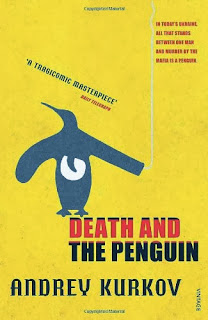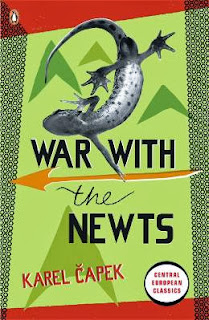Every month Freight aims to give you a preview of one of our designer's favourite fonts. This week David Benjamin brings you...
Clarendon
Robert Besley,
1845
The Fann Street
Foundry
Background
Named after
Oxford's Clarendon Press, this was the first typeface to be patented under the
Ornamental Designs Act of 1842. Unfortunately for designer Robert Besley, the
patent only lasted 3 years and due to it's widespread popularity, was quickly
copied by other foundries when it expired.
The Clarendon
typeface was originally designed to be used as a heavy face to highlight words
in blocks of roman copy. This method
of highlighting text had previously been done using italics and in the mid 19th century printers began to opt for the
use of slab serifs as a means of creating hierarchy in the text. However, the
downside of many slab serifs were that they could appear awkward and overly
prominent. This led to the development of the Clarendons or Ionic
letterforms, designed to sit in harmony with the regular roman typeface used
for the copy.
Clarendon was
often used as a display letter, appearing as side headings in dictionaries and
famously used on American wanted posters. In more recent times, it was the
typeface of choice for American National Park traffic signs.
Choice
Clarendon is one
of my favourite slab serifs because it is a clean, strong typeface with a nice
blend of straight edges and curves in all the right places. At first glance I
would consider it a traditional letter form yet it surprises me how often it suits
a more contemporary application.
Some famous
brands use Clarendon in their logo and it is pretty timeless. Sony are one such
example; a company whose business and products are always trying to innovate
and embrace new technology, they hold design in extremely high regard and it
says a great deal that their logo has barely changed since its redesign in
1957. If it ain't broke, as they say...
The horizontal
and vertical strokes of the letters are straight, the serifs are cut at right
angles and the characters are quite wide creating an almost square appearance
to them. This rigid framework provides a strength to the skeleton of the
typeface that is otherwise fleshed out with curves. The fern shaped ear of the lowercase g, the strong sweeping spine of the letter s, the vertical swashes and tails that curl off the end of the
characters and stand to attention are all distinguishing elements of Clarendon,
making it impossible to hide its identity. This is what gives Clarendon its
organic personality and as a result, why it lends itself well to use as a
display face. Modern versions of the typeface include a light weight which has
a surprising elegance and lends more versatility and subtlety to the bold
original letterset.









